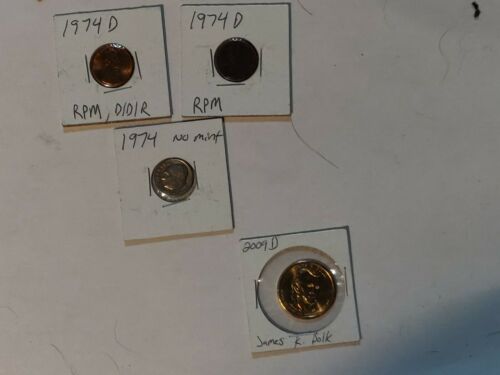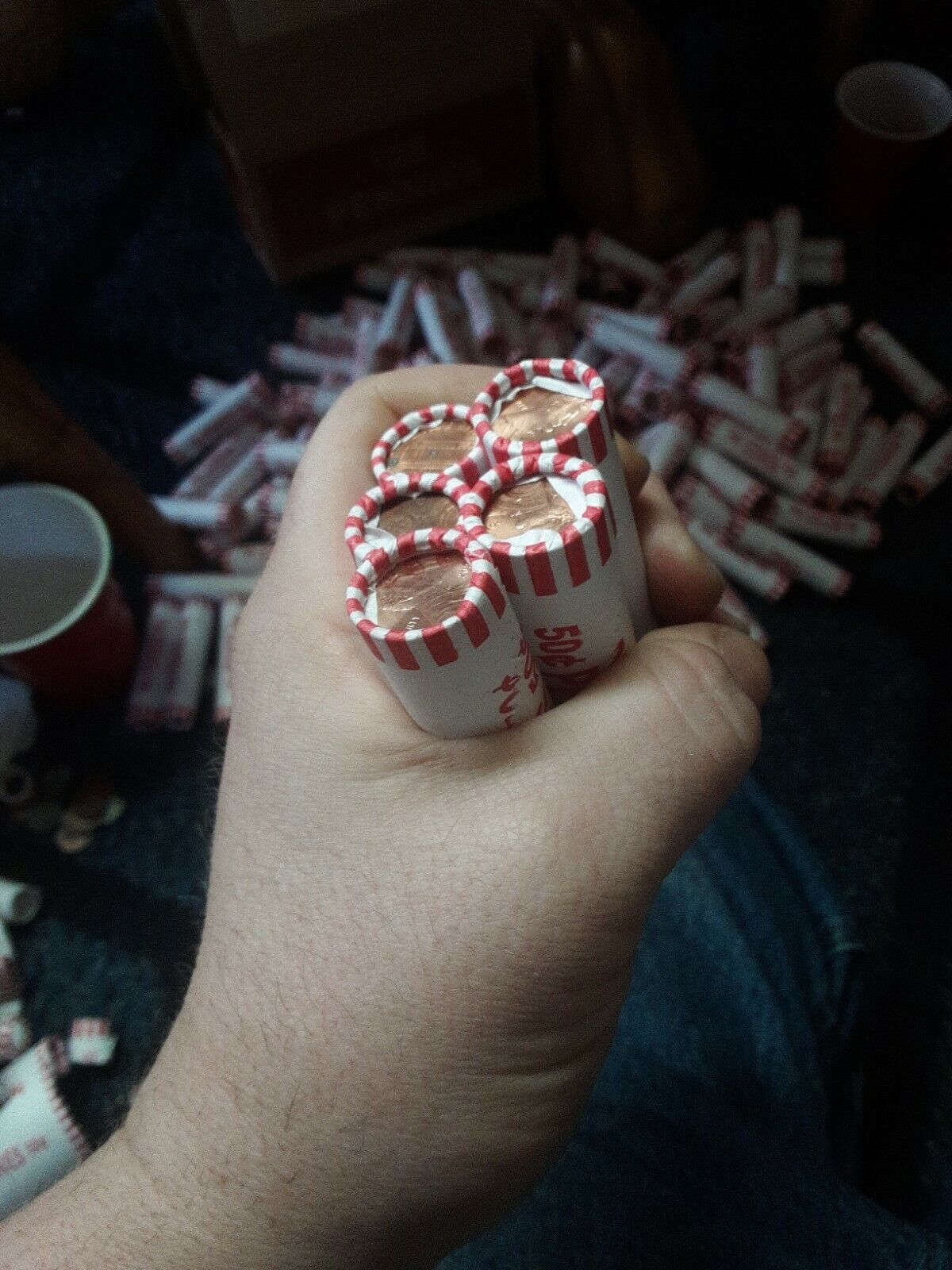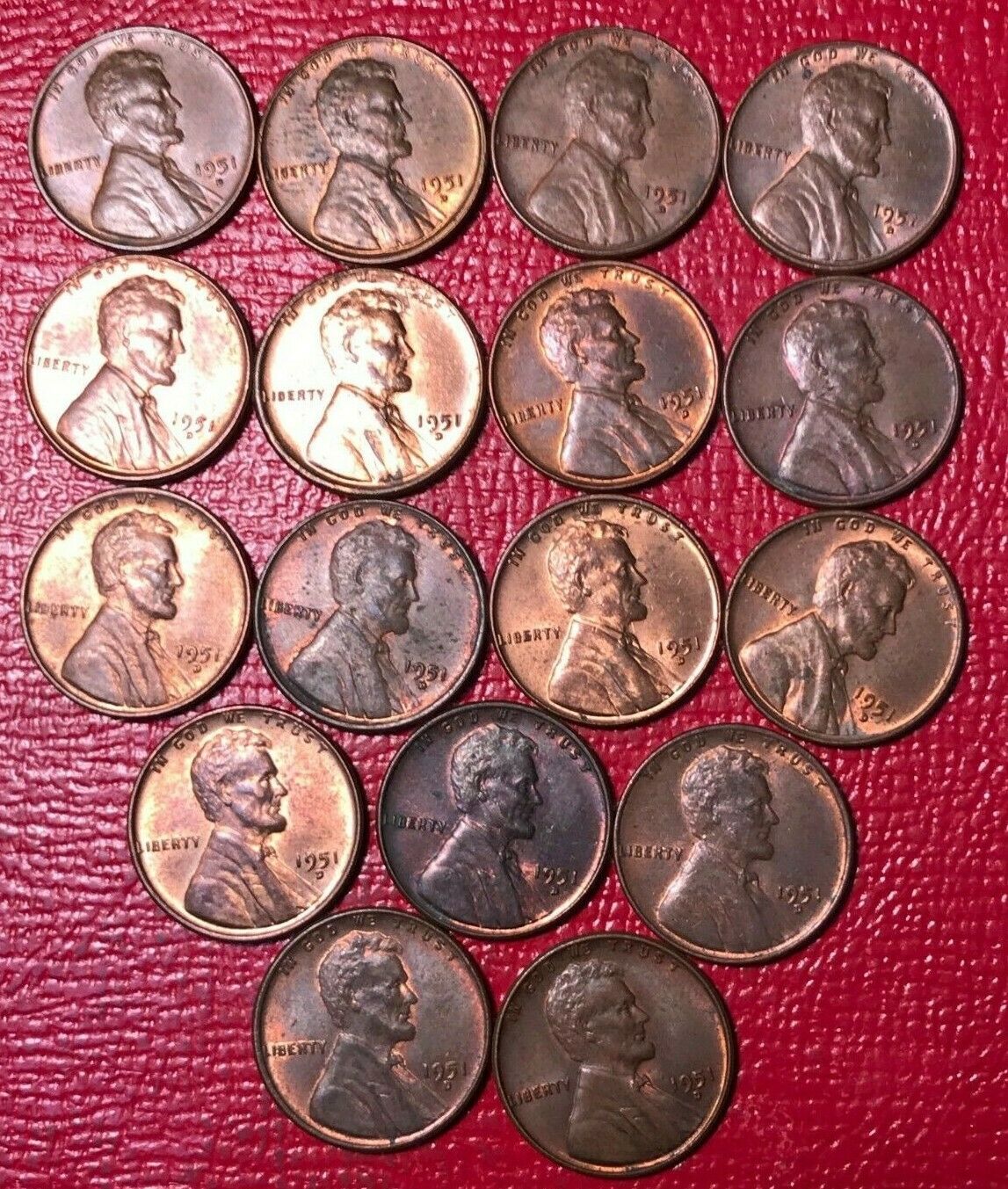-40%
Indian Head Buffalo Nickel + (2) 1943 Steel Wheat Penny Lot - Old US Coins
$ 2.05
- Description
- Size Guide
Description
You Get 3 Total Coins:(1) Indian Head Buffalo Nickel (Random Mint and Date, Average Circulation)
AND
(2) 1943 Steel Wheat Pennies (Random Mint, Average Circulation)
The coins you receive will be similar in quality to the coins pictured!
History of Steel Wheat Penny:
The 1943 silver colored penny is a wartime coin issue made of steel and coated with zinc.
During World War II, the war effort required a lot of copper to make shell casings and munitions. In 1943 the penny was made out of zinc plated steel to save copper for the war effort which is why most 1943 pennies are silver colored.
Metal was not the only commodity that was critical to the war effort. American citizens were asked to conserve food such as sugar, meat, cooking oil, and canned goods. Critical goods were ration to American citizens using coupon books issued by the government. Most critical of all was gasoline.
To help the war effort by eliminating copper from U.S. pennies, the United States Mint came up with a new metallic composition for the one cent piece. They decided on using steel for the base metal and plating it with pure zinc. Unfortunately, zinc oxidizes over time and turns into a dull and dark gray color.
Moisture came in contact with the coins as they circulated in commerce. The moisture caused the zinc coating to turn to an ugly blackish color. As the zinc coating wore off the steel core the exposed steel underneath began to rust.
History of the Buffalo Nickel:
The Buffalo nickel or Indian Head nickel is a copper-nickel five-cent piece that was struck by the United States Mint from 1913 to 1938. It was designed by sculptor James Earle Fraser. As part of a drive to beautify the coinage, five denominations of US coins had received new designs between 1907 and 1909. In 1911, Taft administration officials decided to replace Charles E. Barber's Liberty Head design for the nickel, and commissioned Fraser to do the work. They were impressed by Fraser's designs showing a Native American and an American bison. The designs were approved in 1912, but were delayed several months because of objections from the Hobbs Manufacturing Company, which made mechanisms to detect slugs in nickel-operated machines. The company was not satisfied by changes made in the coin by Fraser, and in February 1913, Treasury Secretary Franklin MacVeagh decided to issue the coins despite the objections.










